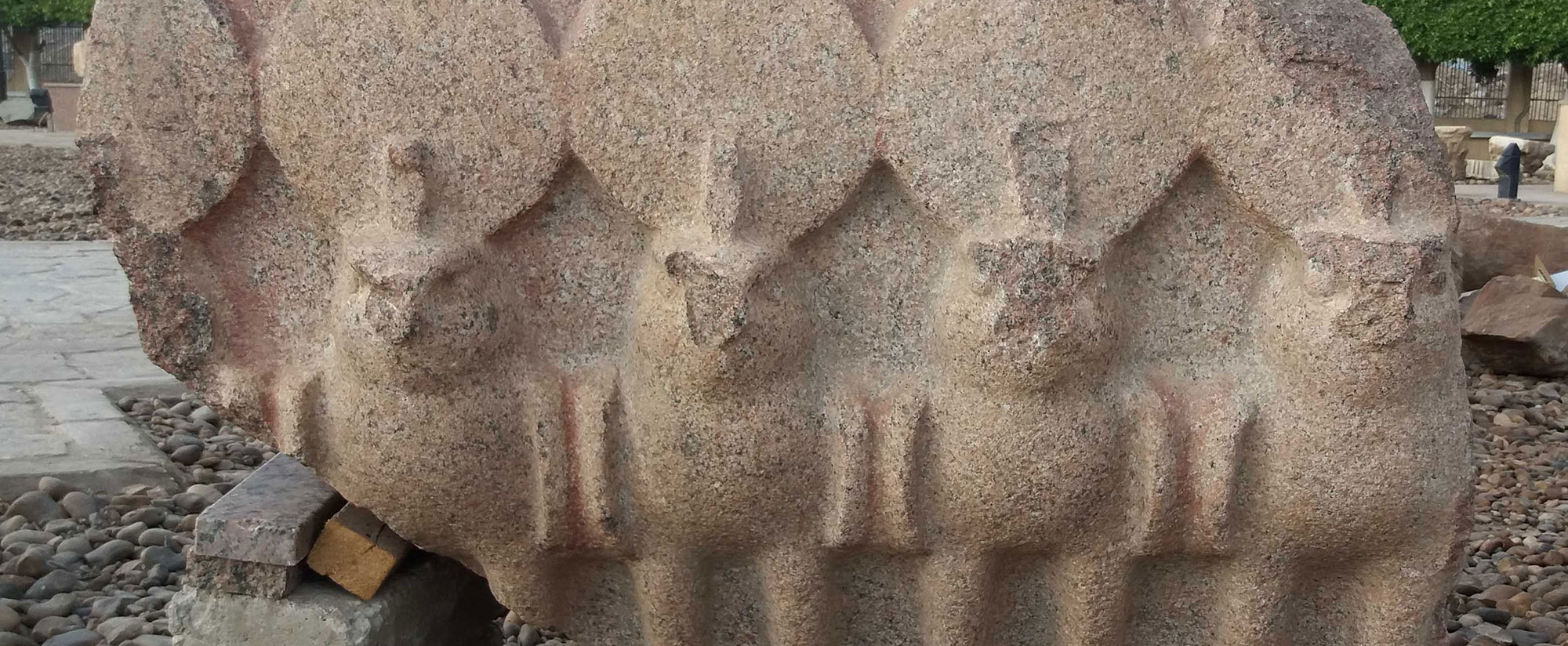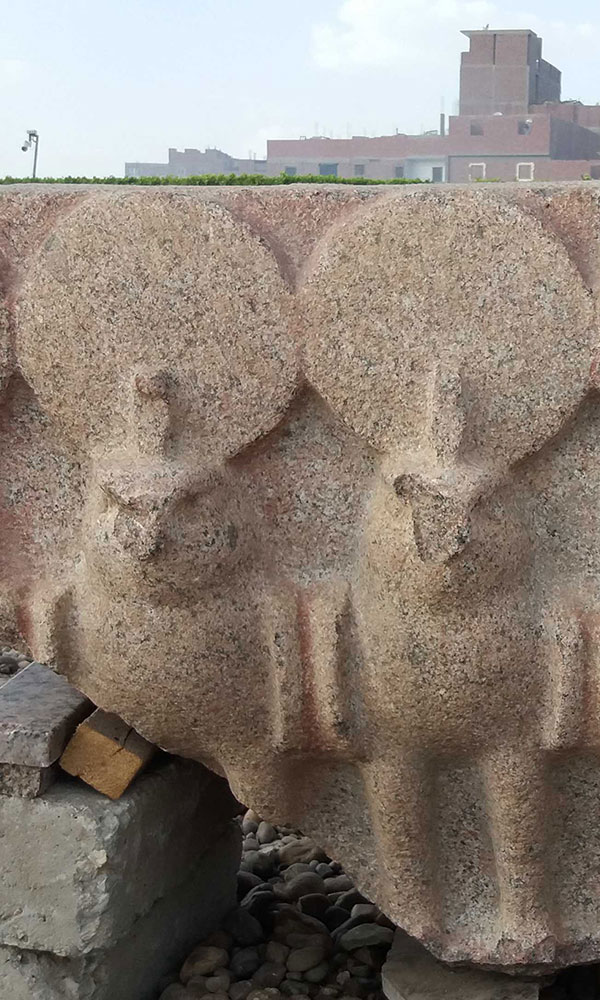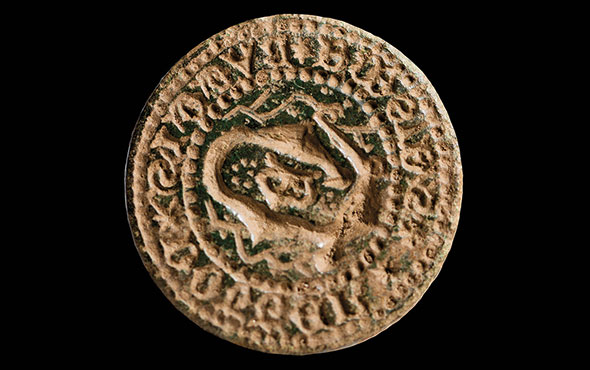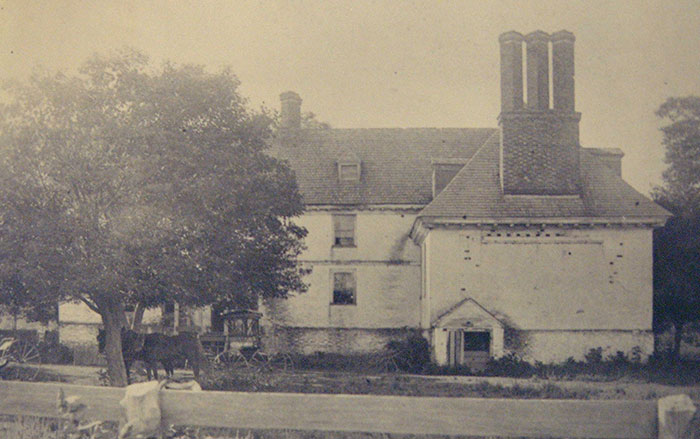
NEW YORK, NEW YORK—According to a report in The Atlantic, Jordan Abell of Columbia University and his colleagues were able to detect a possible shift from hunting and gathering to herding at the site of Aşıklı Höyük, in Turkey’s central Anatolia region. Because the area is dry, Abell hypothesized that the sodium, nitrate, and chlorine salts contained in the urine of people and animals would not have been washed away from the soil by rain. The scientists analyzed soil samples from trash heaps, bricks, and hearths from different layers of the site, and found that between 10,000 and 9,700 years ago, the salt concentrations rose dramatically. This possible increase in urine output corresponds with archaeological evidence suggesting that the hunter-gatherers began to keep sheep and goats, but it appears that the shift toward herding may have occurred more rapidly than had been previously thought. Over a period of about 1,000 years, the researchers estimate that on average, some 1,800 people and animals lived at the settlement. That’s many more individuals than archaeologists estimate the housing for people at the site would have accommodated, suggesting that the number of goats or sheep living there had increased. The team members are now looking for a way to distinguish between human and animal urine salts as their research continues. For more on archaeology in Turkey dating to the Neolithic period, go to “Skull Cult at Göbekli Tepe.”











